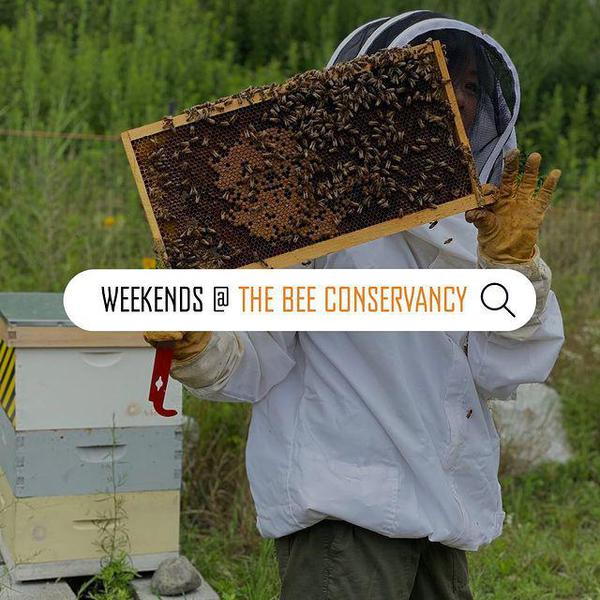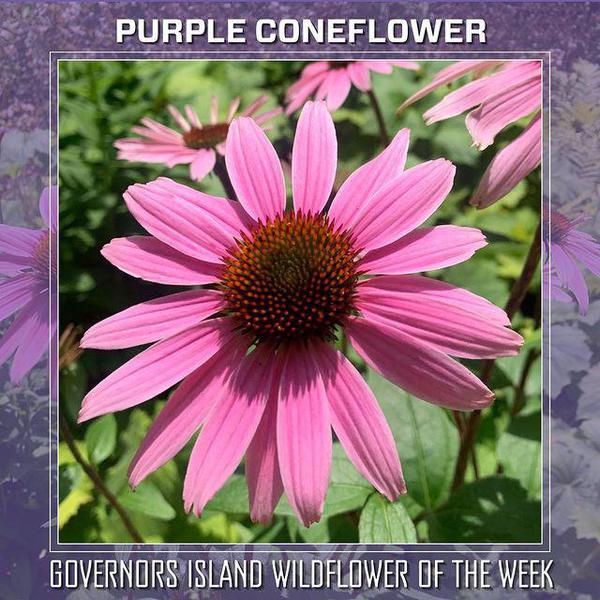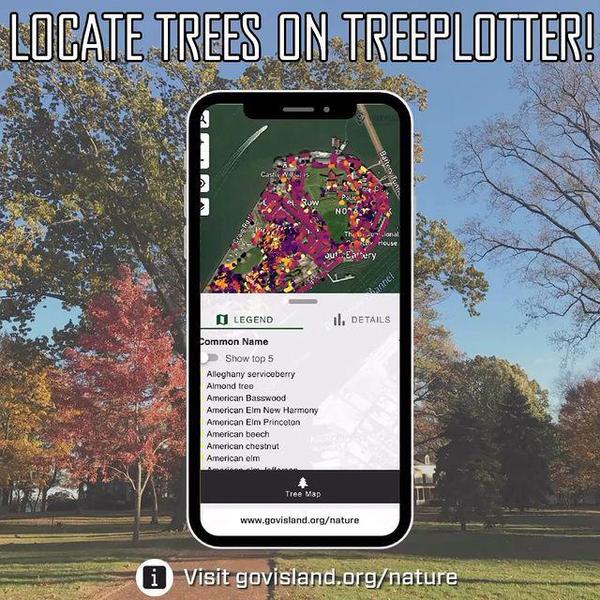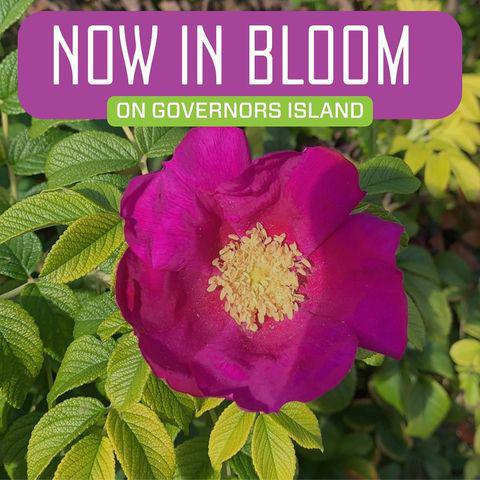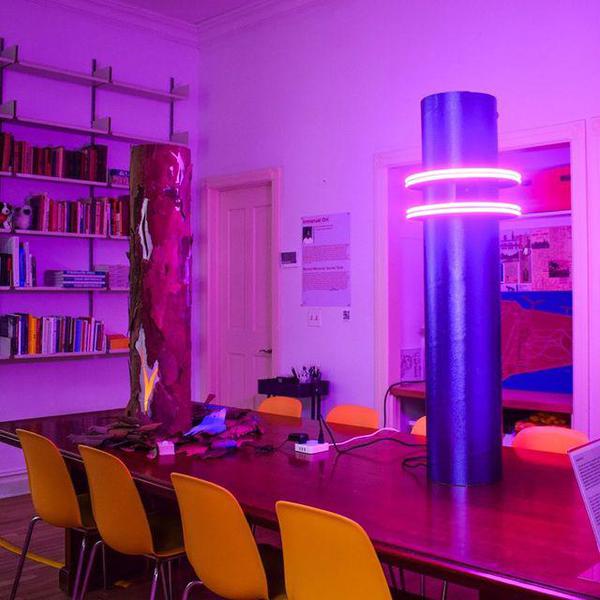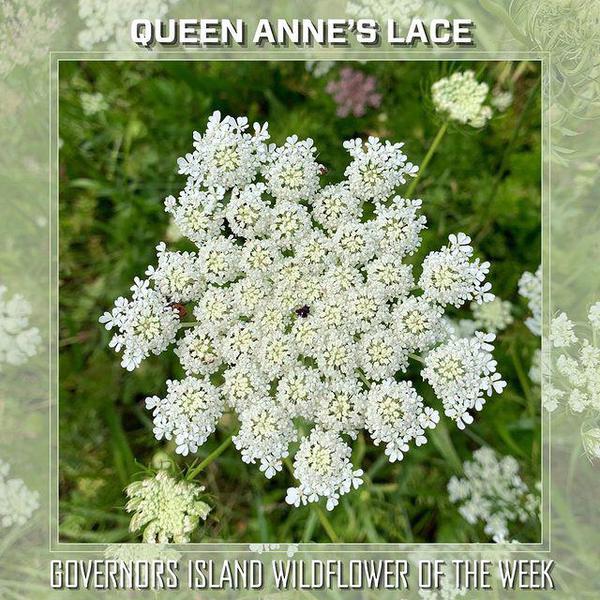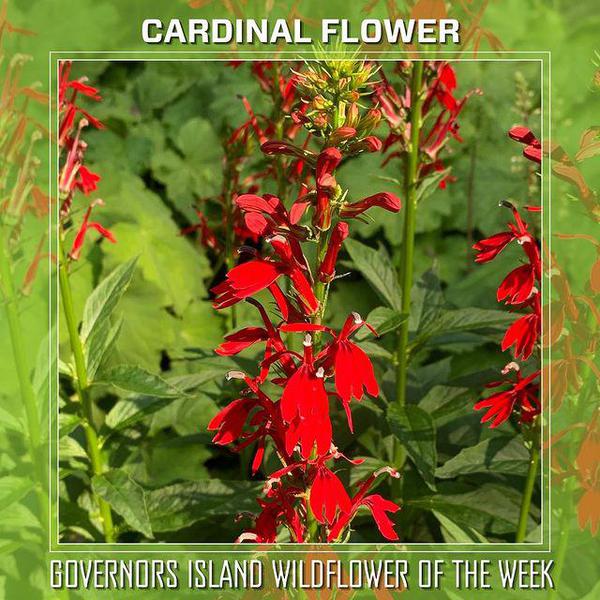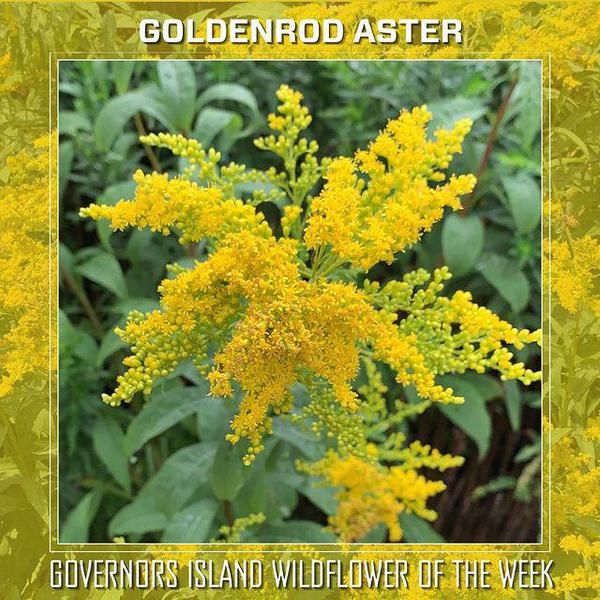
Article
Research highlighted by @aamctoday shows a pioneering approach to health disparities; Rx Kids provides families with $1,500 during pregnancy, and then $500 monthly for a year, no strings attached. Led by Dr. Mona Hanna-Attisha, it aims to counter the adverse effects of poverty, echoing global success.
Good+Foundation pairs product donations and Family Cash Grants with direct support, distributing over $1.1M in grants since 2020, with $300K+ given to 1,501 families in 2023 alone. By offering Family Cash Grants, essential item donations, family-oriented services, and trainings, we’re investing in the holistic, long-term success of families.
🔗 To learn more about how you can support our mission, and to access this article, visit the link in bio.
#FamilyHealth #EndPoverty
Good+Foundation pairs product donations and Family Cash Grants with direct support, distributing over $1.1M in grants since 2020, with $300K+ given to 1,501 families in 2023 alone. By offering Family Cash Grants, essential item donations, family-oriented services, and trainings, we’re investing in the holistic, long-term success of families.
🔗 To learn more about how you can support our mission, and to access this article, visit the link in bio.
#FamilyHealth #EndPoverty







